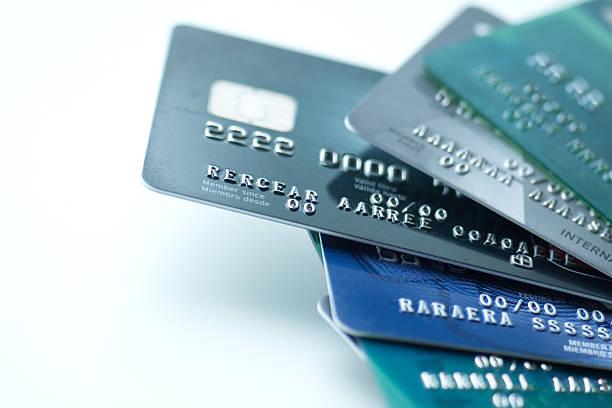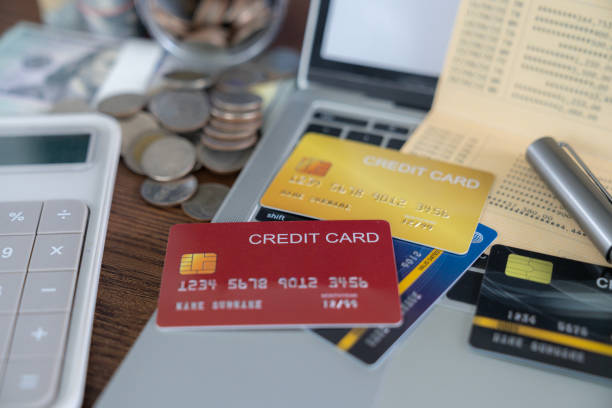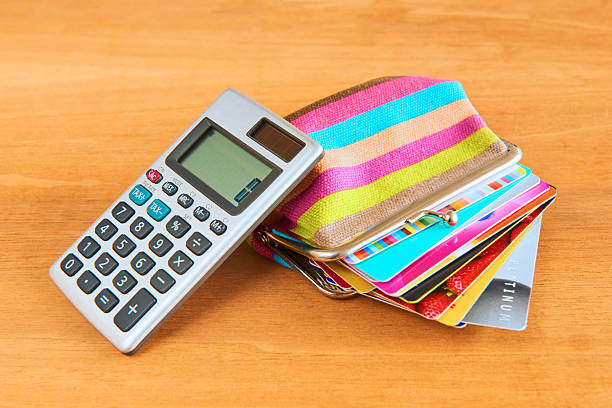
Navigating the vast landscape of credit card offers can feel like a daunting task, yet selecting the right one is a fundamental act of financial self-...
Read More
The shadow of overextended personal debt casts a long and damaging pall over an individual’s financial identity, primarily embodied by their credit ...
Read More
The burden of overextended personal debt is a multifaceted challenge, and while financial discipline is its ultimate remedy, vigilant credit report mo...
Read More
The relationship between overextended personal debt and credit score damage is a profound and destructive feedback loop, each fueling the other in a c...
Read More
The crisis of overextended personal debt is a complex financial state where liabilities become unmanageable, and its profound impact on an individual‚...
Read More
Of all the factors that determine a credit score, the credit utilization ratio holds a unique and powerful position for those struggling with overexte...
Read MoreCompound interest is interest calculated on the initial principal and on the accumulated interest from previous periods. For a saver, it's powerful; for a debtor, it's dangerous. It causes debt to grow exponentially if only minimum payments are made, making it much harder to pay off.
The first step is awareness. You must track your spending meticulously for a full month without judgment. This creates a clear, honest picture of where your money is actually going, which is often different from where you think it's going.
Options include downsizing a home, seeking credit counseling from a non-profit agency, and in severe cases, exploring bankruptcy, which may protect primary income sources like Social Security.
No, but the path to recovery is long. Negative information typically remains on your credit report for 7 years. Rebuilding requires consistent, on-time payments, reducing balances, and demonstrating responsible financial behavior over time to restore your credit health and financial stability.
A secured card requires a refundable cash deposit that typically serves as your credit limit. It is designed for those building or rebuilding credit. It reports to credit bureaus like a regular card but helps limit risk because the deposit secures the issuer's funds.